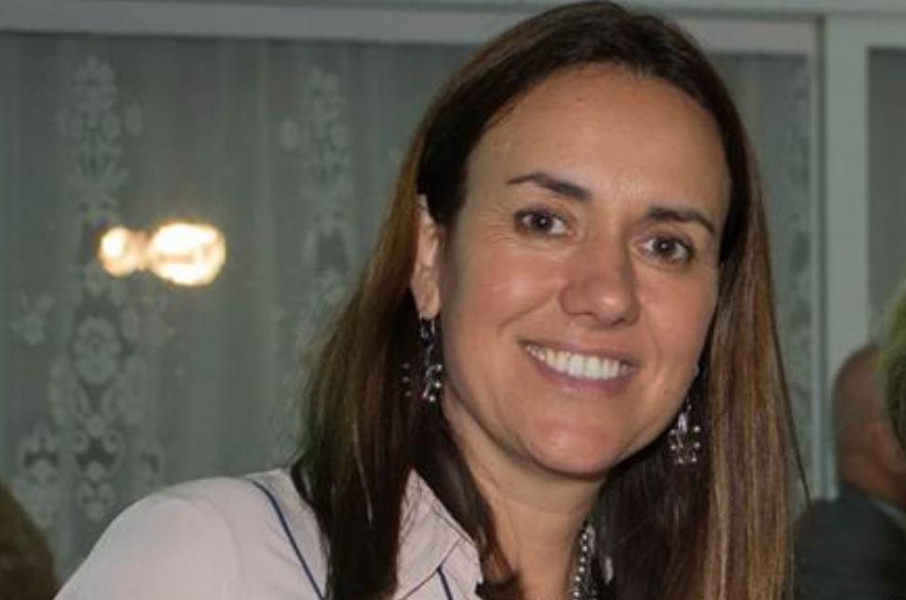Seven out of ten young people up to 15 years old in Brazil do not distinguish facts from opinions, according to a survey by the Organization for Economic Cooperation and Development (OECD).
To reverse this scenario, experts are betting on media education as a response to recognizing fake news, hate speech and also produce and share messages responsibly. In their assessment, the maintenance of democracy also depends on a well-informed society.
Media education is a set of skills to critically analyse, create and participate in the informational and media environment in all its formats.
For the president of the Open Word Institute, Patricia Blanco, this type of training is important for all citizens. The institute coordinates Educamídia, a program for training teachers and engaging society in the media education process.
“As the citizen, the young person, comes to know how to recognize information, to know the purpose of that information that reaches him, to know how to recognize the source, why that information reached him, to know how to do a search, to know how to verify where that information came, acquiring the skills to know how to produce content – so that he can take advantage of technology to improve his self-instruction, improve his protagonism -, he will participate better in society”, he evaluates.
Patrícia argues that education aimed at forming people with critical thinking and able to consume, analyze and produce content and information should be a public education policy.
absurd
Student Milena Teles, 23, says she can recognize when misinformation appears on social media. “Very absurd messages appear that you know right away that it is a fake news like: lemon cures covid or having tea every day fasting will cure or prevent cancer. Very absurd things will always be lies, ”she says.
Analysis, however, is not always available to children and young people. “For an adult person it is difficult, sometimes, without to have a practice, without having a fact-checking orientation, to know when information is true or false, if it is a rumour, rumor or if it corresponds to a fact that is being reported, imagine for children and adolescents”, evaluates the Sou_Ciência researcher at the Federal University of São Paulo (Unifesp), Jade percassi.
theme in schools
According to the secretary of Digital Policies, João Brant, the National Common Curricular Base (BNCC) – a document that defines the essential learning contents of students – provides for media education as a transversal and elective theme in schools. Therefore, according to him, it is time to produce content and train teachers.
“We are committed to media education both from a formal and informal point of view, both in partnership with the MEC, in articulation with the education departments, and in relation to activities to promote courses, workshops, faster content as a key to tackling the problem. in the country,” he says.
According to Patricia Blanco, education departments in several states have already made room for both teacher training and the inclusion of the subject in their curricula.
The president of Palavra Aberta cites the state of São Paulo as an example, which revised the curriculum and included the entire concept of media education within the Technology and Innovation discipline. According to her, all elementary school and high school students have had access to this type of content for a year now. Other states are implementing the theme across the board, such as Minas Gerais, Rio Grande do Sul, Goiás and Ceará.
According to her, the prospect is that, in the coming years, the theme will become recurrent and that training will make a difference in the lives of students.
comprehensive training
For the secretary of Digital Policies, João Brant, digital training must be even more comprehensive. He points out that there are digital natives who deal very well with technologies. “But, not necessarily, with all the instruments and repertoires to interpret and identify disinformation, identify fake news and understand the problems that circulate in the networks”.
Digital content, however, has also been consumed by an older population, in adulthood or elderly, who end up being more susceptible to misinformation and fake news, according to Brant.
Maria Helena Weber, from the Public Communication Observatory, also argues that digital training should take place at any time during school life. “It is necessary to have a reference, to be able to study, to be able to have access to a discussion of a debate on what digital communication means today, social networks today, and for that it is necessary to offer instruments so that people are not so vulnerable. ”
Court hearing
The Federal Supreme Court resumes this Tuesday (28) a hearing on the Civil Rights Framework for the Internet. The debate should have taken place in 2020 and was suspended because of the covid-19 pandemic.
Last month, experts and governments discussed regulatory solutions to the current online disinformation crisis in Paris during the global conference For a Trustworthy Internet, held by the United Nations Educational, Scientific and Cultural Organization (Unesco) .
*Collaborated by Michelle Moreira









